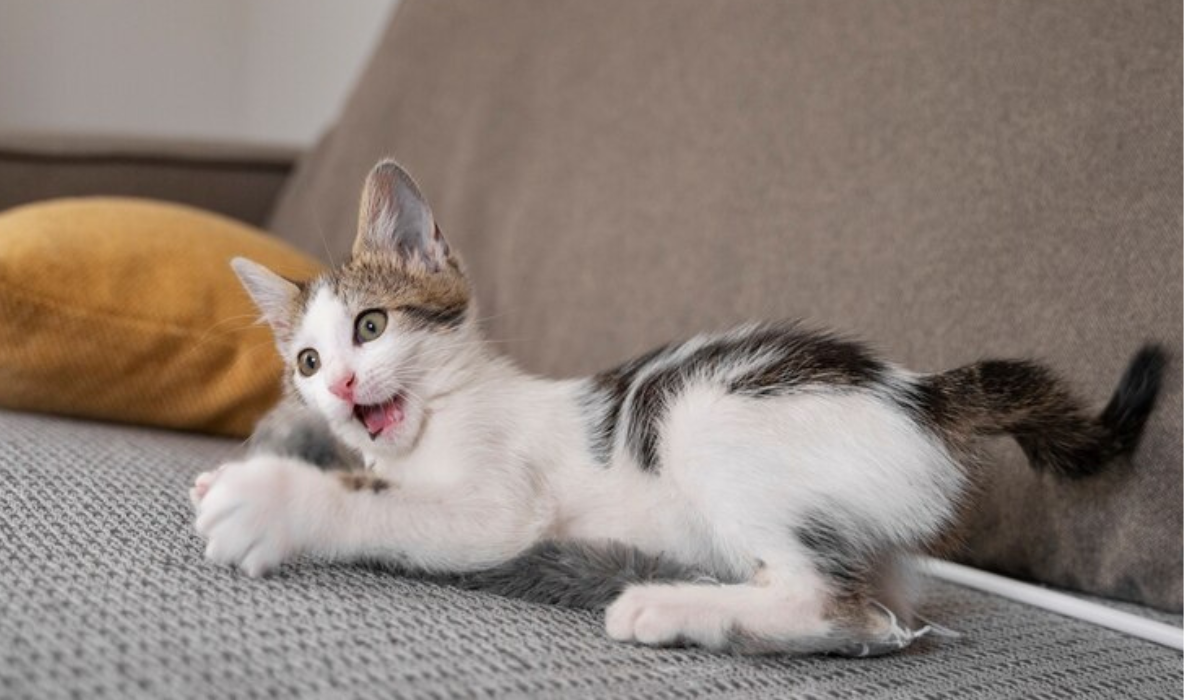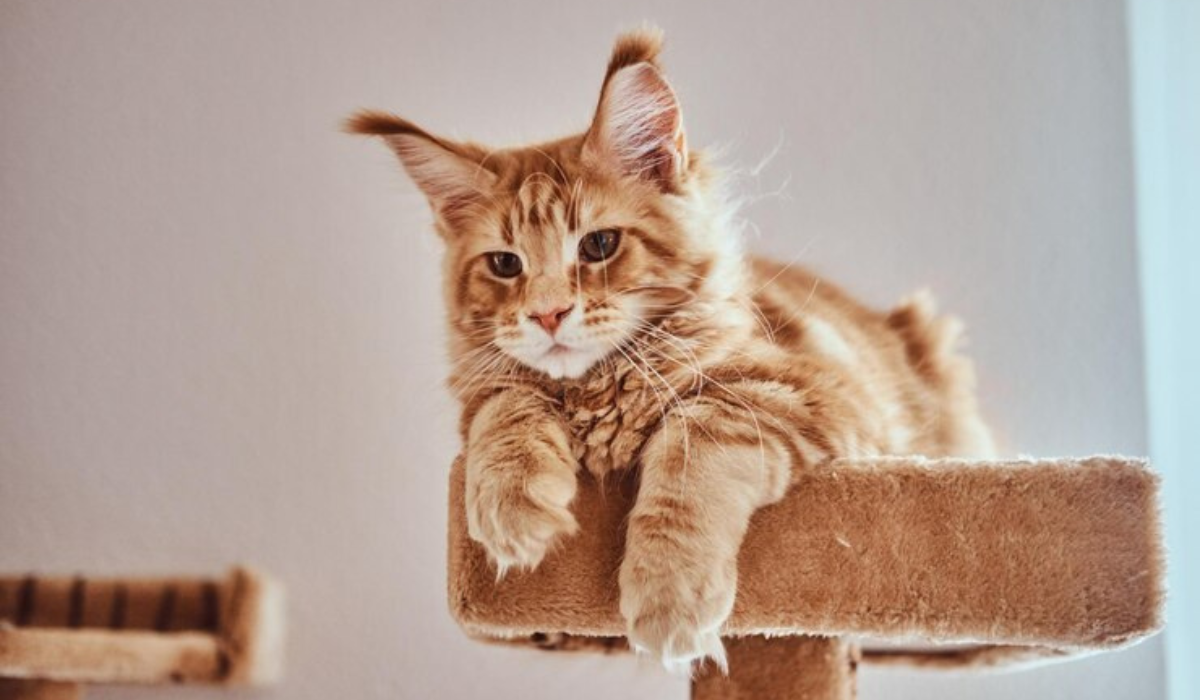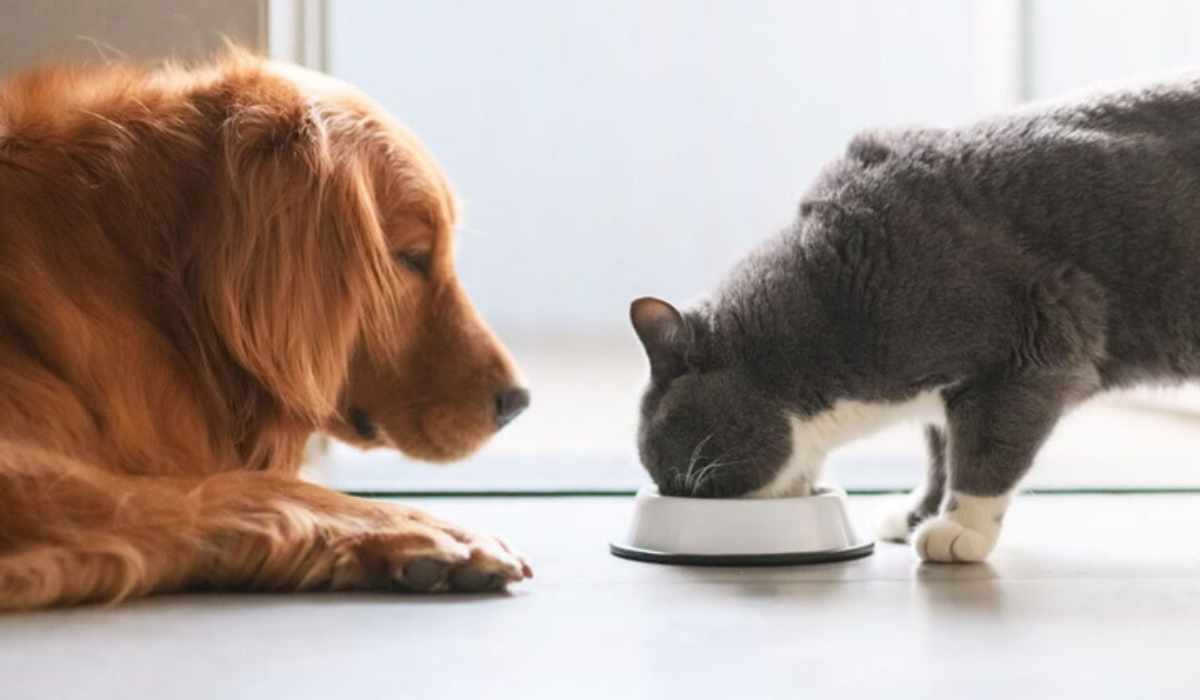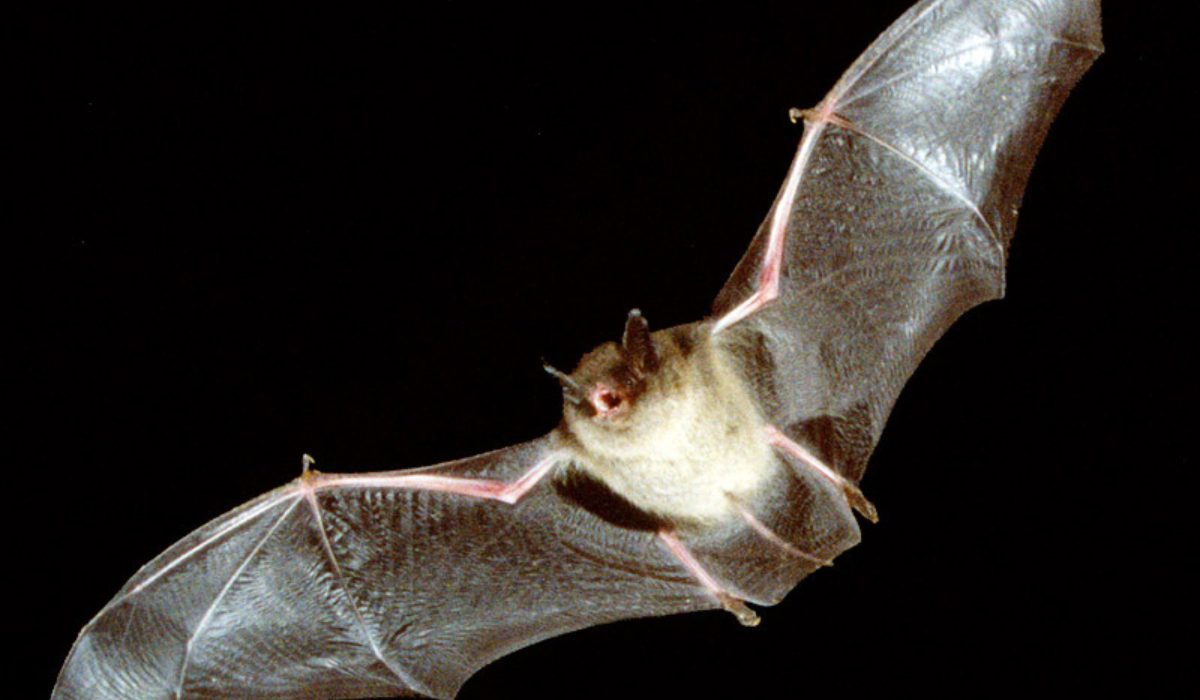Cats are often seen as mysterious creatures. They communicate with humans through a variety of vocalizations that each have a distinct meaning. The symphony between meows and purrs and other sounds is a bridge that connects felines with their human companions. It gives them insight into their feelings and desires. It’s important to understand the meaning behind your cat’s meows if you want to foster a closer relationship with them.
Feline Vocabulary: Variety of vocalizations
The vocalizations of cats are diverse, with up to 21 distinct patterns. Meowing is the most common way cats communicate with humans. They use body language, scents and other means to communicate. This adaptation is a reflection of the evolution of communication, between humans and cats. It fills the gap left by the limited sense of scent.
The origins of meowing: Tracing its beginnings
The meowing of cats dates back to their early years. Kittens will meow in order to communicate with their mothers, signaling discomfort, hunger or cold. Domesticated cats use this behavior in their interactions with people. It is a remarkable change that cats can now communicate their emotions and needs to humans through meows instead of smells.
Learning behavior: meowing to get attention and needs
Meowing at humans is not just an instinctive behaviour, but also a strategy that cats have learned. They learn that meowing works well to get attention and satisfy their needs. This learned behavior is a crucial element in the complex dance of communication that occurs between cats and their owners.
Feline Expressions: Common meows and their meanings
- Short Meow: A Greeting
- The short meow can be interpreted as a greeting that expresses happiness and seeks attention. It is your cat’s way of acknowledging your presence.
- Mid-Pitched meow: Questioning
- Interpretation: The meow is a request for food or play. This is a question, or a request for interaction.
- Long, Drawn-Out Meow: Urgent Demand
- A long meow is a signal for urgent attention or the fulfillment of an urgent need.
- Low-pitched Meow : Discontentment or Complaint
- Interpretation: Low-pitched meows convey discontent, dissatisfaction, or unhappiness.
- High-pitched Meow: Distress signal
- Interpretation: An extremely high-pitched meow is a sign of pain or discomfort. It should be investigated immediately.
- Looking for a Mate: Caterwaul
- Interpretation: A female cat’s distinctive yowl, which is a sign of her desire to find a partner.
- Low Growl: Alert
- Interpretation: Low growling warns of discomfort, or perceived threats. This is a warning to be cautious.
- The Repeated Meow: Excitement, Comfort and Excitement
- Interpretation: Meows are repeated expressions of excitement and comfort. They often come from a close bond between the cat and its owner.
Understanding context: the crucial element
Context is important when interpreting a cat’s cries. The context of a cat’s meow can be influenced by the time, whether it is mealtime, if they are behind closed doors or if there has been a disruption in their normal routine. By being aware of these context cues, you can better respond to your cat.
The Causes of Excessive Mowing
A cat’s excessive meowing could be a sign of underlying problems such as separation anxiety, illness, or cognitive dysfunction. Some cats are more vocal than others, but any changes in their meowing should be investigated by a veterinarian to rule out possible health issues.
Responding to different meows: Nurturing a Relationship
In order to respond to your cat’s meows, you must acknowledge greetings, address their needs quickly, and understand their emotional state. You can strengthen the bond between you and your cat by responding appropriately.
Individuality of Meows – Embracing uniqueness
Each cat has a distinct vocal style that is influenced by the relationship they have with their owner and by learned behaviors. This individuality can lead to a harmonious and enriching relationship.
The Two Ways to Maintain Harmonious Relationships
Understanding your cat’s vocal language will help you maintain a harmonious relationship. You can become a part of the feline orchestra by understanding their meows and responding to their emotions.
Consulting a Vet When Meows Are Louder than Words
Consult your vet if you notice sudden changes in the meowing pattern of your cat, or if it becomes more frequent, louder, or more persistent. A professional’s guidance will ensure that any health concerns are dealt with promptly and contribute to the overall wellbeing of your cat.
The art of understanding your cat’s meows involves a deeper dive into the world of feline language. You can create a closer relationship with your cat by responding to their meows. Listen carefully the next time you hear your cat meow. It might be communicating its needs or feelings.









